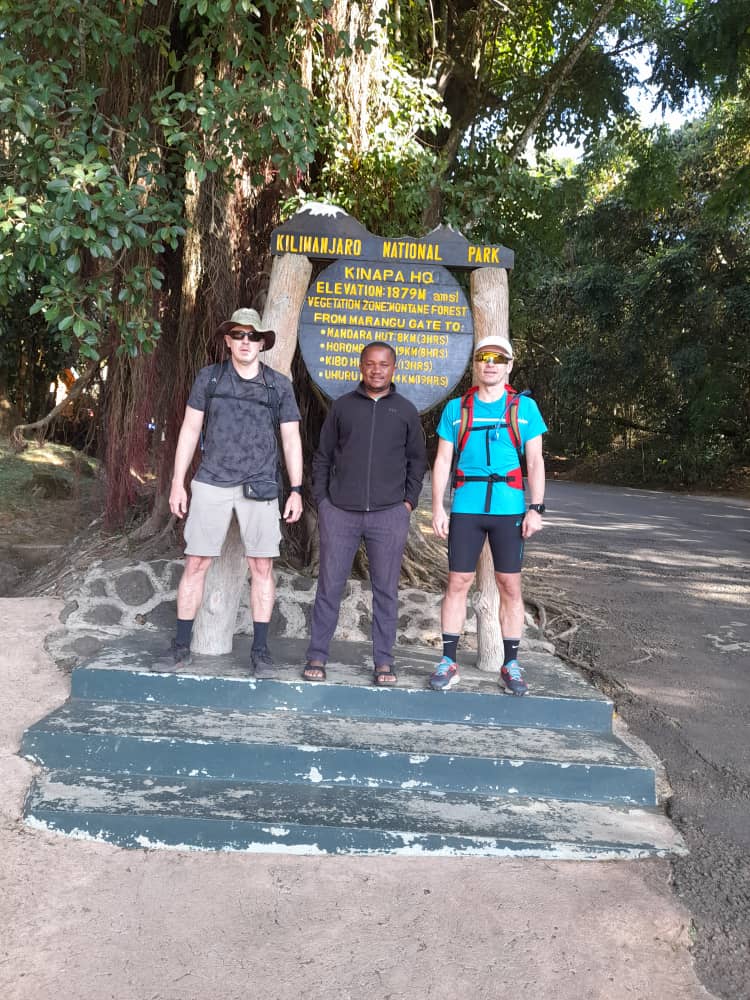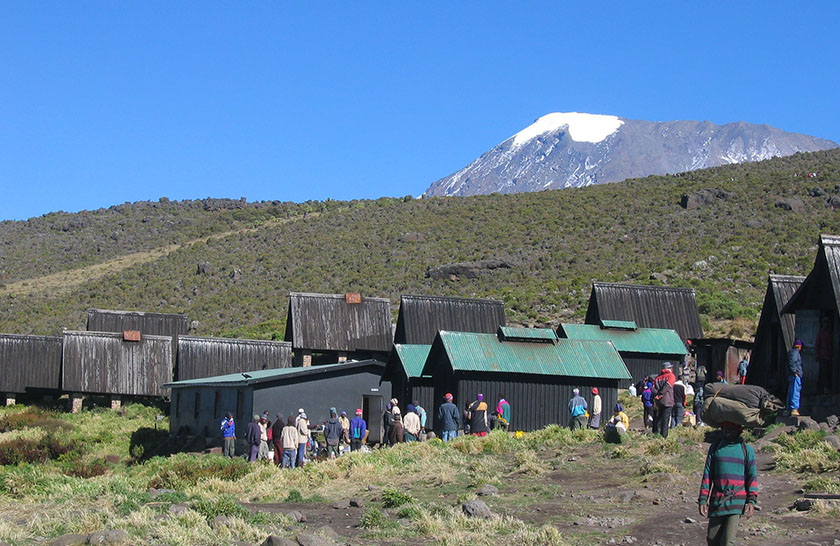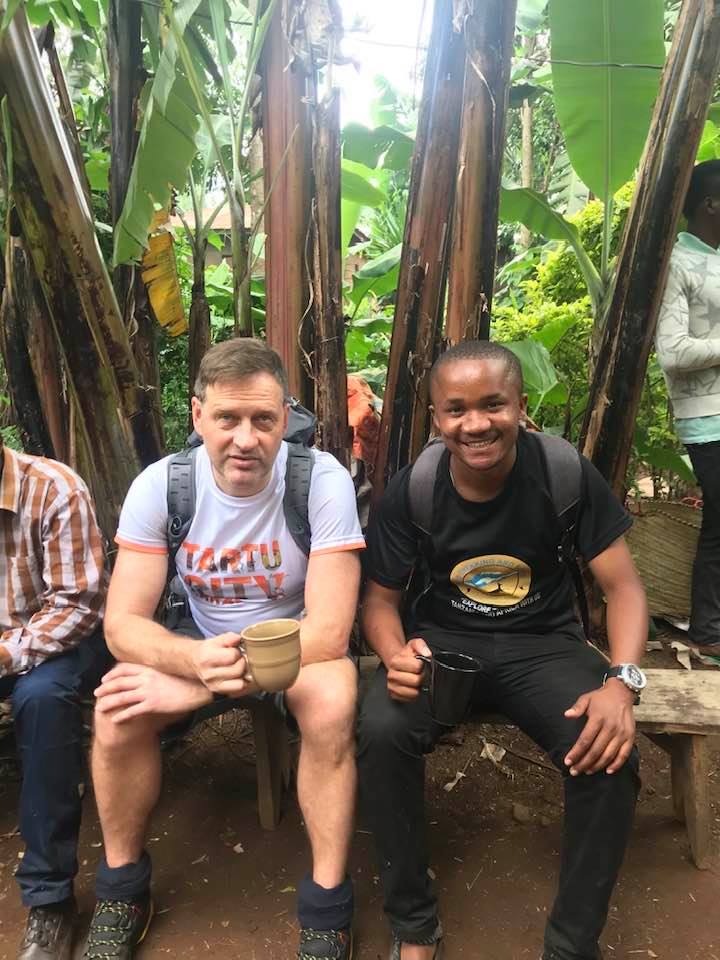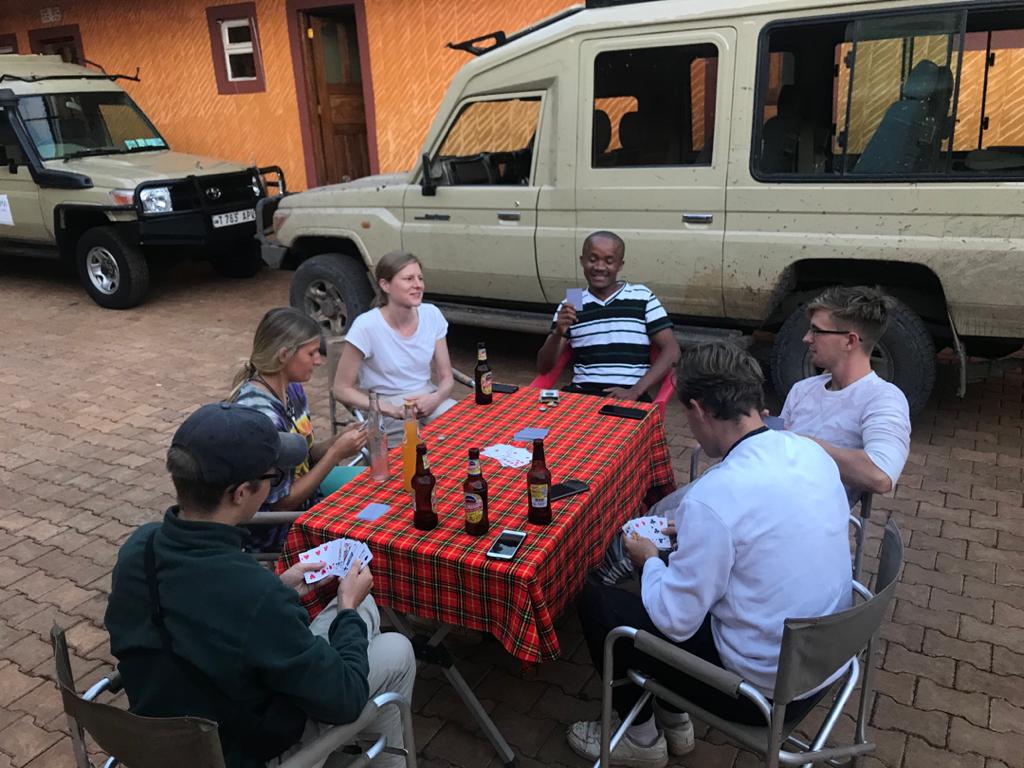Home / Route Overview.
THE ROUTES OF KILIMANJARO

Mount Kilimanjaro, often called “the Roof of Africa”,
is the tallest mountain on the continent, and at 5,895m,
it is the tallest free standing mountain on Earth. It has been a
focus point for climbers from all over the world since
it was first summited over 125 years ago.
Depending on the route, climbers find that Kilimanjaro
has almost every kind of ecological system somewhere on
the mountain: cultivated land, rain forest, heath, moorland,
alpine desert and an arctic summit. Each route leads the
climber through a different set of ecological wonders on
the way to the Uhuru Peak.
There are six official routes to the summit, three from the south,
two from the west, and one from the north.
The largest difference between these routes is the
approach along the base of the mountain. Once the
routes reach the saddle of the mountain they begin to
share paths and camp sites, all converging into one
of two passages to approach the peak: Stella Point or
Gilman’s Point. The third traditional approach, the
Western Breach, we don’t advice using it for an ascent
due to rockslides and poor acclimatization options
along the way.
Each route has its own advantages, whether in distance,
time to acclimate, or the environment and views you’ll
experience during the climb. Each route is full of stunning
beauty and offers a challenging climb that will push you to
your limit before you bask in the sunrise from Uhuru Peak.
Machame
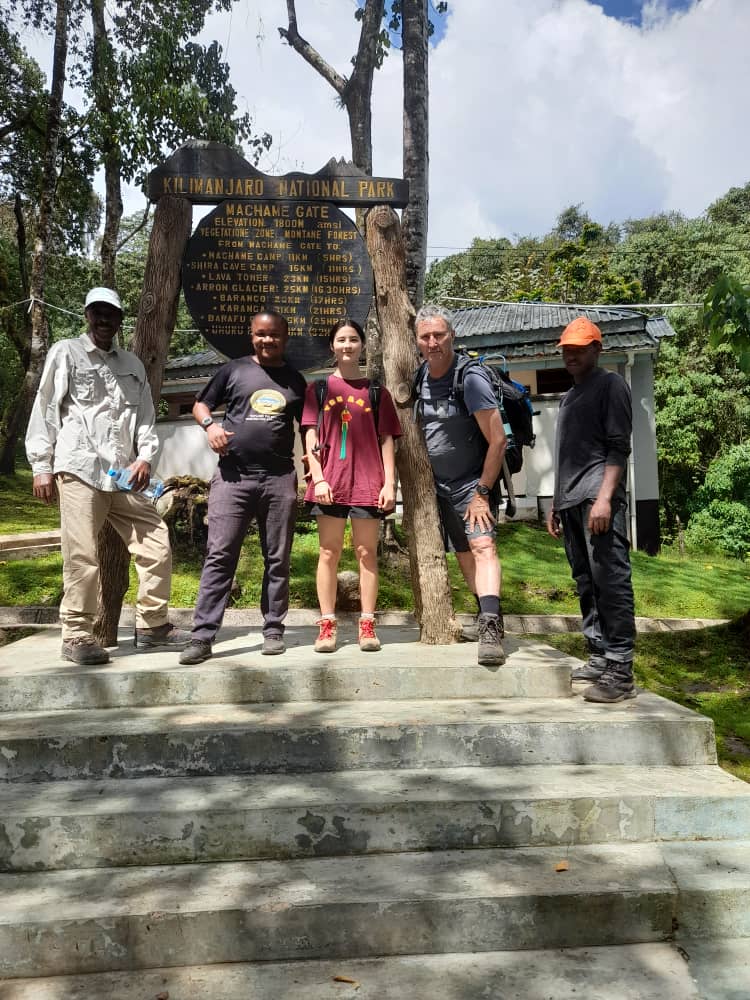
The Machame Route is the most popular route up Kilimanjaro, where an estimated
50% of climbers make their attempt for the summit. The route is beautiful, approaching
the mountain from the southwest through Tanzanian rainforests that cover Kilimanjaro’s
foothills. As you gain elevation the rainforest fades into a low-alpine zone before
reaching Machame Camp. This route brings you along the southern rim of Kilimanjaro’s
saddle, from the Lava Tower to Barafu Camp before making a scramble for the summit
over the Great Barranco Wall, and through Stella Point to Uhuru Peak. From the summit
climbers will make the long trek back to Mweka Camp to rest for a night before making
their way back to Moshi through the Mweka Gate.
The Machame Route is 62 km from Machame Gate to Mweka Gate, and is usually climbed
in 6 or 7 days. This route offers good opportunities to acclimate to the elevation,
which contributes to its high success rate. Along the way to the peak climbers
experience all five ecological climates on Kilimanjaro, passing from rainforest
to arctic summit in a matter of days. There is a reason so many people choose Machame
as their path to Uhuru Peak – it is beautiful in its diversity. The environment of
the hike shifts day to day, all the while Uhuru Peak waits above you.
Marangu
The Marangu Route is the oldest active route on Kilimanjaro,
and remains one of the most popular with climbers. It is the only
route where climbers can sleep in huts along the full route, and
is also the fastest – it can be completed in just 5 days.
The Marangu Route begins south east of Kilimanjaro, at the Marangu Gate.
The climb begins with a full day trekking through the rainforest,
ending at the Mandara Huts site.
The Marangu Route is direct and requires less time on the mountain,
but you’ll retrace your steps back down the mountain on your descent.
The route is beautiful, but has less opportunities for new vistas
than other routes. At 70 km from Gate to Gate, this route is a tough,
but fast way to reach the Roof of Africa.
Lemosho
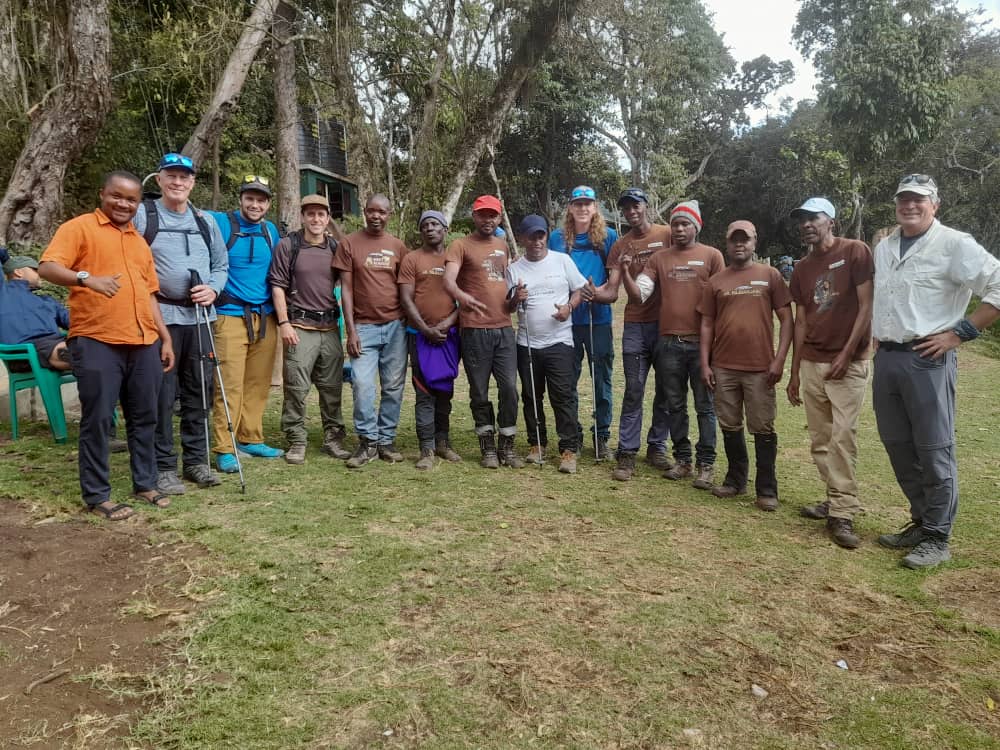
The Lemosho Route is a newer addition to the Kilimanjaro climber’s options.
It was built to extend the Shira Route to a lower elevation starting point,
allowing more time for climbers to acclimate. The Shira Route had started at
3,600m of elevation, and it was not uncommon for climbers to experience altitude
sickness within the first day of climbing. The Lemosho route starts at the
Londorossi Gate instead, which rests at 2,100m and provides a much safer
starting point for the climb.
Unsurprisingly, this route may offer the best acclimation option for climbers.
As a 7 day climb it builds in plenty of time for your body to adjust as you
make your way towards Uhuru Peak. Approaching Kilimanjaro from the west, this
route spends two days working through the rainforests along the foothills,
and provides unique vantage points during the approach.
Over the next two days you’ll climb up through the Shira Ridge and cross the
Shira Plateau, an ancient caldera with deep valleys and distinct lava flows, and
unparalleled views of the Kibo Massif. The Lemosho Route merges with the Machame
Route after the fourth day on the mountain. You’ll continue from Barranco Camp
to Barafu High Camp for a brief rest before pushing for Uhuru Peak.
The Lemosho route is 67km from Londorossi Gate to Mweka Gate, crossing from the west,
around the summit, and directly south. With the rapid transitions through rainforests,
volcanic caldera and ancient lava flows, to the arctic summit of Uhuru Peak the
Lemosho Route is a fascinating journey up Africa’s tallest mountain.
Rongai

The Rongai Route is the only approach to Kilimanjaro from the north,
and provides a unique experience for climbers to pass a nearly full
traverse of the mountain from north to south. Climbers pass through
the untamed wilderness north of the mountain as they approach, and
the route gives plenty of time for climbers to acclimate to the elevation
over the first few days. The northern approach offers excellent views of
Kibo and the Eastern Ice Fields early in the trip, building anticipation
for the eventual climb. The Rongai route meets with the Marangu Route at
Kibo Hut, and follows the same path through Gilman’s Point to the Peak,
and back through Marangu Gate for the decent.
The northern side of Kilimanjaro receives significantly less moisture than
the south, so because of its northern approach this route is a great option
during the rainy season. Climbers have a better chance of clear, picturesque
views along the route, especially during the summer rains (March to Early May).
With 7 days on the mountain the Rongai Route is a longer ways to the Roof of
Africa, but its north to south journey offers a totally unique experience
for those seeking the summit.
Umbwe

The Umbwe Route is the most direct route up the mountain. While not technically
difficult, it is certainly the most challenging route to Uhuru Peak. If you are
up to the challenge you will be rewarded with the best views of the Southern
Icefields of any route, and fewer crowds while you climb through Kilimanjaro’s
pristine forests and foothills. You’ll camp at Umbwe Cave, and climb along the
Umbwe Ridge, passing through the distinctive giant heathers of Kilimanjaro.
You’ll join the Machame Route at the end of the second day of climbing, and continue
along that well-loved route to the peak. You’ll climb along the southern rim of
Kilimanjaro’s saddle, from the famous Lava Tower landmark to Barafu High Camp
before making the final summit to Uhuru Peak.
From the summit climbers will make the long trek back to Mweka Camp to rest
for a night before making their way back to Moshi through the Mweka Gate.
At 51 km the Umbwe Route is short and direct, and offers a little seen side
of Kilimanjaro for intrepid climbers.
Northern Circuit
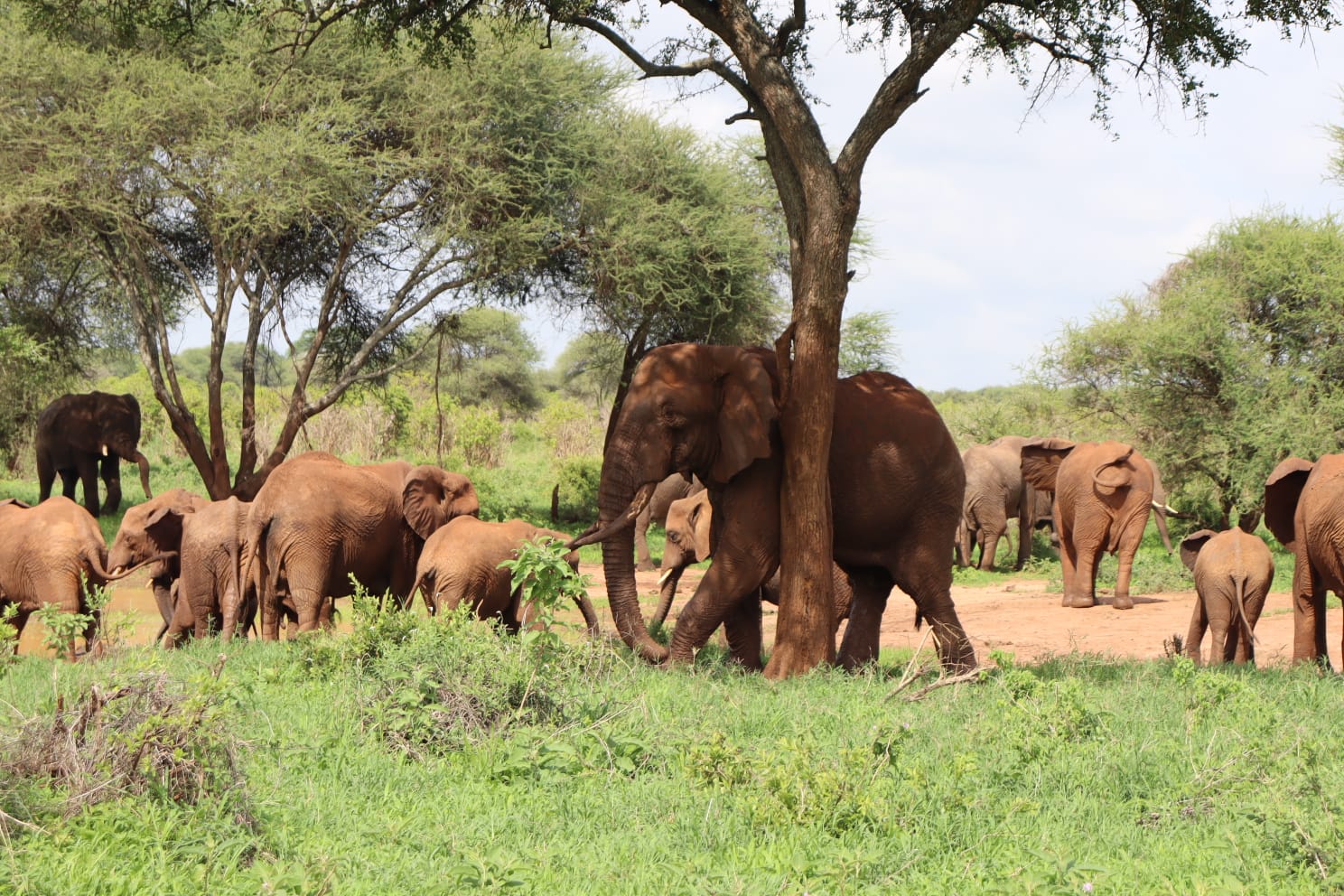
The Northern Circuit Route is the longest approach to Uhuru Peak, and
likely has the highest success rate because of that. The route approaches
the mountain from the west, using the Londorossi Gate and climbing along
its own path up through the jungle and foothills. This route is less traveled
and the large game animals are more common here than any other route on Kilimanjaro.
The Northern Circuit takes a unique approach to the mountain and along
the saddle to the peak. Where the Machame and Lemosho Routes wrap around
the southern saddle from Lava Tower to the Barranco Wall, you’ll take the
northern route. This path offers excellent views of Kibo Summit and the
northern plains connecting to the Kenyan border. After resting at School
Hut (4800m), you’ll make the midnight climb to Uhuru Peak, catching the
sunrise from the highest point on the continent.
After enjoying a short breather on the peak, you’ll descend and begin the
long trek toward the base of the mountain, out through Mweka Gate and back towards Moshi.
At close to 97 km the Northern Circuit presents a long road to the summit,
but one with stunning views you won’t find anywhere else. The route is long,
but worth every step.
 EN
EN CH
CH ES
ES DE
DE RU
RU
 FR
FR
 ET
ET





